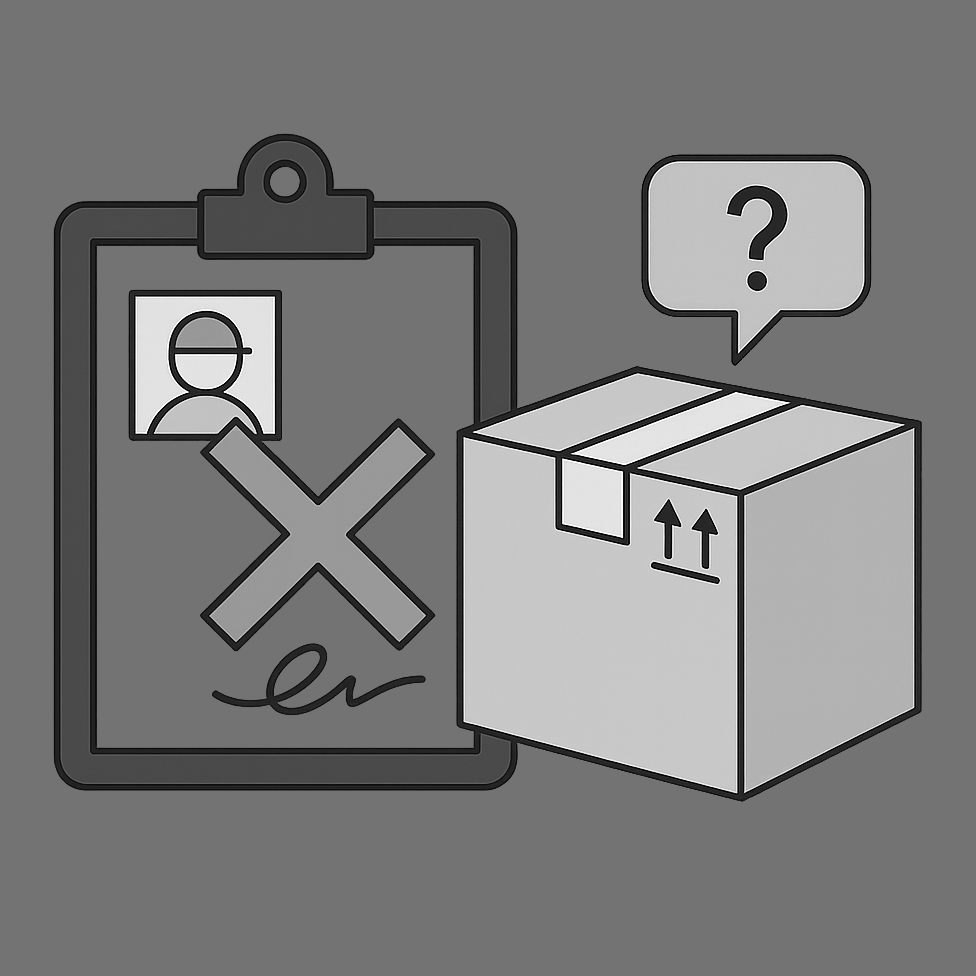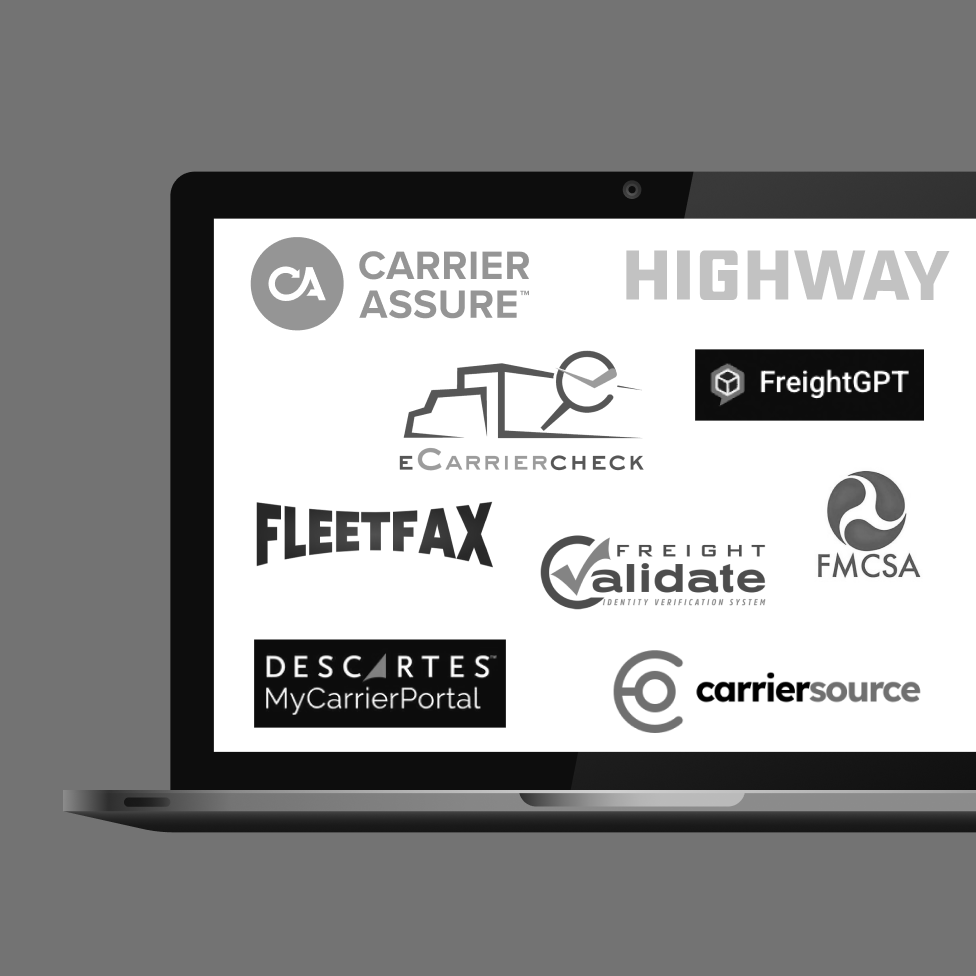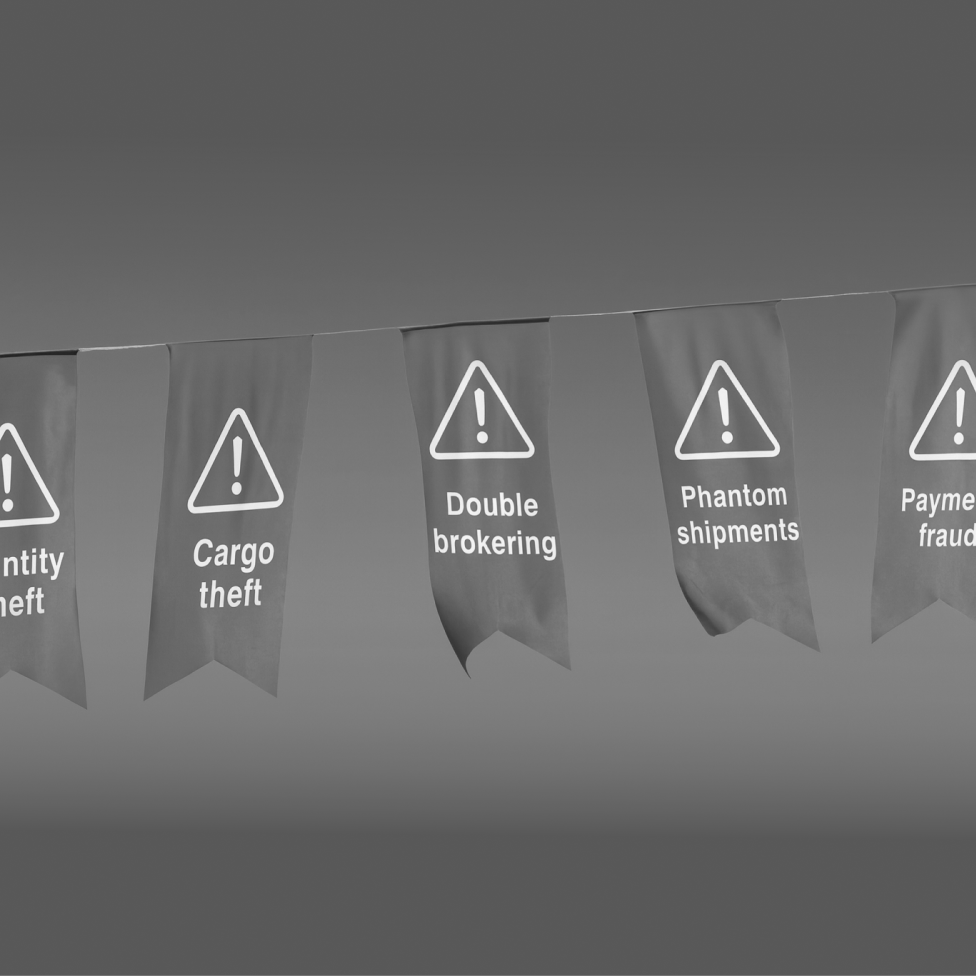Scaling your brokerage is not a straight line. You can’t expect one single market to take your brokerage from SMB to Top 100.
Niching down is always advised, but there comes a time for every brokerage to expand. Whether it's a market similar to the one you currently serve or a completely different area of expertise, understanding the size of the opportunity is crucial. That's where market sizing comes in.
Today, more than ever, understanding your potential market size helps in making informed decisions, reducing risks, and maximizing growth opportunities.

Expand into a new industry with confidence. Run the numbers to determine profitability with our market sizing worksheet.
What is Freight Market Sizing?
Market sizing is the process of estimating the potential of a new market segment. It involves evaluating the demand, competition, and revenue opportunities within that segment. This analysis helps you understand whether entering a new niche is worth the investment and effort.
What Do You Need to Start?
Before diving into the process, you should have a strong understanding of your current business strengths and capabilities. For example, if you don’t currently work with any reefer carriers, expanding into perishables may be more difficult.
Assess your existing resources, expertise, and network. Consider the following:
- Carrier Network: Fully understand your carrier network and their capabilities. Know which carriers specialize in certain types of freight, the regions they cover, and their capacity.
- Current Business Strengths: Take stock of your brokerage's strengths. What sets you apart from competitors? Do you excel in certain regions or industries?
- Experience and Expertise: Evaluate whether your team has the knowledge and skills needed to serve the new market. If not, consider whether you can acquire this expertise through training or hiring.
Market sizing is completely done through online research and tools you already have, like Google Sheets or Excel. These tools will be used to organize and analyze data, helping you make informed decisions.
Lastly, define clear objectives for your market sizing effort. What do you hope to achieve? Are you looking for a market with high revenue potential, low competition, or both? Clear objectives will guide your research and help you stay focused.
By thoroughly understanding your current capabilities and leveraging the right tools and data, you'll be well-prepared to start the market sizing process and make informed decisions about expanding into new niches.
Step 1: Identify Your Market Segments
Start by identifying the market segments you want to explore. These segments should be based on factors like carrier relationships, existing customer referrals, and industry trends.
Look for niches where you already have some leverage or unique insights.
Industries include but are not limited to:
- Agricultural products
- Automotive parts
- Construction Materials
- E-Commerce Retailers
- Event and Exhibition
- Furniture and Home Goods
- Hazardous Materials
- Perishable Goods
- Pharmaceuticals and Medical
- Technology and Electronics
Don't forget that niches can also be location-based. For instance, the freight market in Atlanta is considerably different from Los Angeles. Regional market dynamics, local regulations, and demand patterns can significantly impact your strategy. Understanding these nuances can give you a competitive edge in identifying profitable segments.
By considering both industry-specific and location-based segments, you'll be able to pinpoint areas where your brokerage can thrive. This comprehensive approach ensures you explore all potential opportunities, setting a solid foundation for your market sizing analysis.
Step 2: Find Data to Anchor Your Analysis
Next, gather data to support your market analysis. You're looking for information on revenue potential, market size, growth rates, and the competitive landscape.
Accurate and up-to-date data is crucial for making informed decisions. Ideally, the data should be from the last one to two years to ensure relevance, especially in rapidly changing industries.
Reputable sources for this data include:
- Industry Reports: Comprehensive insights from sources like McKinsey & Company, IBISWorld, and Statista. These reports cover market trends, growth projections, and key players.
- Government Publications: Data from agencies such as the U.S. Census Bureau, Bureau of Labor Statistics, and Department of Transportation. These publications provide economic data, industry-specific statistics, and demographic information.
- Market Research Firms: In-depth analysis and forecasts from firms like Nielsen, Gartner, and Forrester Research. They offer data on market trends, consumer behavior, and competitive landscapes, but are costly.
- Trade Associations: Reports and whitepapers from industry-specific associations like the American Trucking Associations (ATA) and the National Association of Wholesaler-Distributors (NAW). These can provide industry benchmarks and best practices.
By utilizing these reputable sources, you can gather robust data to anchor your market analysis. This will help you make well-informed decisions about which market segments to pursue, ultimately supporting the successful expansion of your brokerage.
Step 3: Build Your Spreadsheet
Organize your data in a spreadsheet to systematically compare different market segments. Key sections should include:
- Market Segment Description: Detail the types of goods transported, typical clients, and unique characteristics.
- Potential Revenue: Estimate potential revenue based on market size, average transaction values, and the number of potential clients.
- Growth Rate: Include the projected growth rate for each segment. Use industry reports and market forecasts to determine these rates.
- Key Competitors: List main competitors, their market share, strengths, weaknesses, and competitive advantages.
- Market Share: Estimate the market share you could realistically capture based on your capabilities and market conditions.
This structure helps you compare different segments systematically, identifying which markets offer the most potential and align best with your brokerage’s strengths.
Step 4: Make and Tweak Your Assumptions
Assumptions are necessary to fill in data gaps and provide a foundation for your analysis. Common assumptions include market growth rates, customer acquisition costs, and average revenue per customer. Use industry reports, historical trends, and your own brokerage data to make these estimates realistic. For example, if the e-commerce sector has been growing at 15% annually, you might assume a similar growth rate for the near future.
Consider other important factors such as customer retention rates, market penetration rates, and operational costs. Retention rates help you estimate long-term revenue, while market penetration rates reflect the competitive landscape and your brokerage’s strengths. Operational costs, including staffing, equipment, and compliance, should also be factored in based on historical data and industry standards.
Regularly revisit and adjust your assumptions as you gather more specific information. Market conditions, customer feedback, and new data can influence the accuracy of your assumptions. Continuously refining these assumptions ensures your market sizing remains accurate and responsive to changes, better preparing you for successful market expansion.
Step 5: Draw Your Conclusions
Finally, analyze your data and assumptions to draw conclusions about each market segment. Assess the potential profitability and feasibility of entering these segments. Look for critical thresholds, such as minimum market size or revenue potential, to determine if a market is worth pursuing.
Evaluate whether the projected revenue and growth rates justify the costs and risks associated with each segment. Consider factors like market penetration rates and operational costs to ensure your estimates are realistic. Identify segments that align best with your strengths and offer the highest potential for success.
These conclusions will guide your expansion strategy, helping you prioritize efforts and allocate resources effectively. By focusing on the most promising segments, you can strategically expand your brokerage and maximize growth opportunities.
Conclusion
Market sizing is an essential step in expanding your freight brokerage into new niches. It provides a clear picture of potential opportunities and risks, enabling you to make informed financial plans.
Expanding into a new market requires a solid financial foundation and cash flow to support an influx of new business. Factoring with Denim can help you scale efficiently by providing the necessary working capital to manage increased operational costs and invest in growth opportunities.
Leverage Denim’s factoring solutions to maintain a steady cash flow and support your expansion strategy. This financial stability will empower you to take on new markets with confidence, driving your brokerage’s success in new niches. Schedule a demo today.
Denim’s automated solutions streamline your back-office operations. Explore our solutions to see how Denim can help your business scale efficiently.
There's a better way

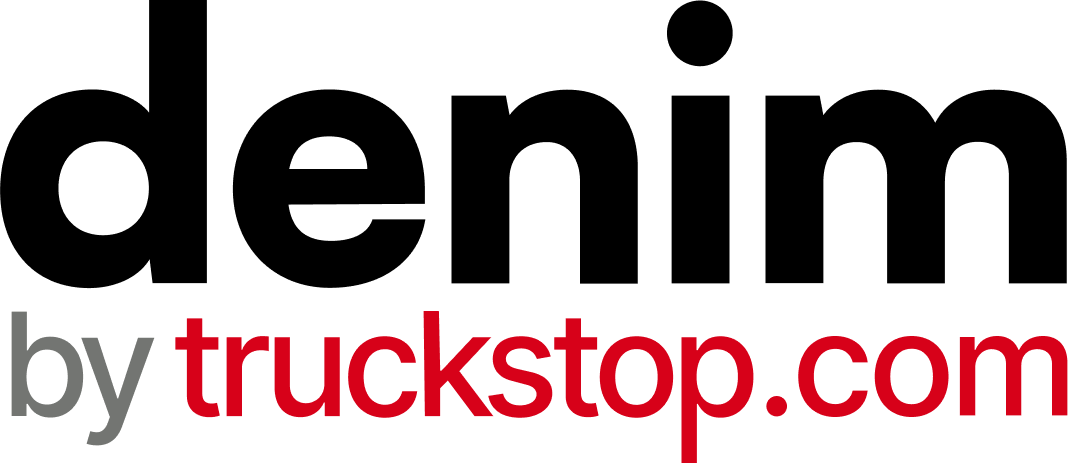
.png)

